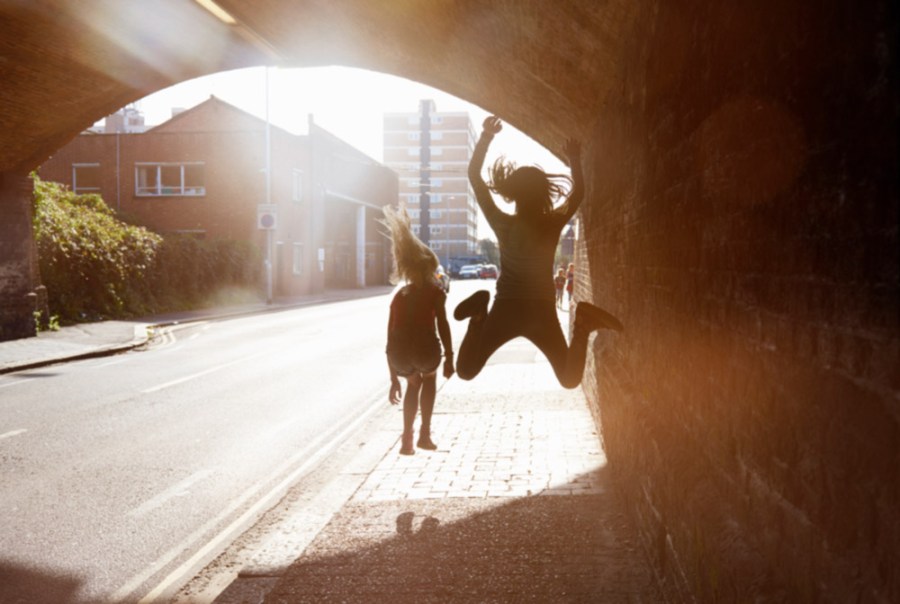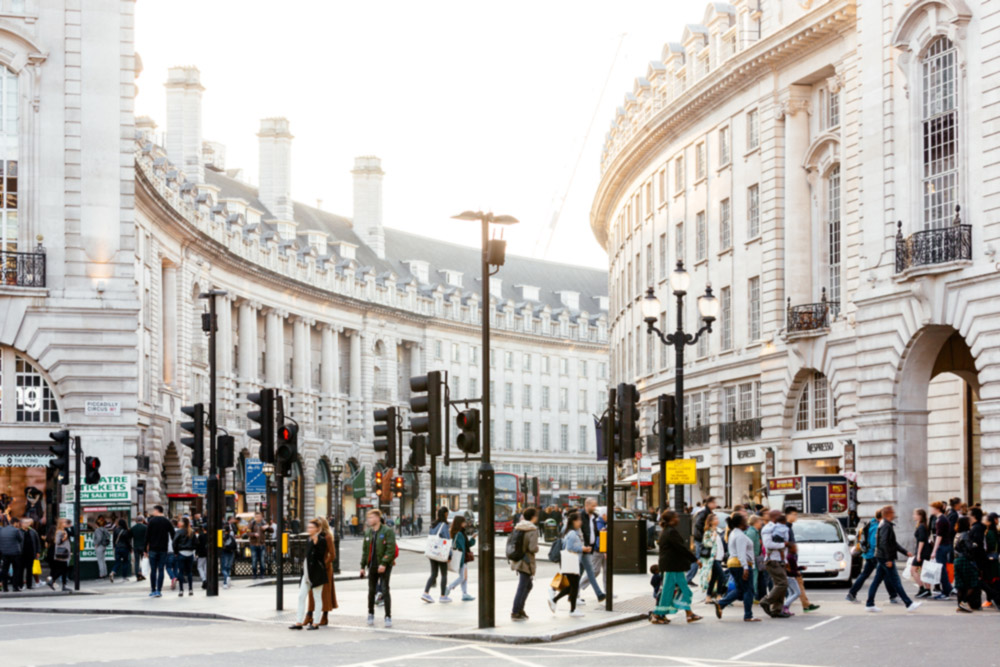Street photography is fascinating for everyone who enjoys people watching. But it’s not just about people, if angles and architecture are more up your street (sorry!), there’s plenty for you too. Follow our guide to capturing striking photos of all kinds within the built environment.
What is Street Photography?
Street photography is all about capturing life around you. It can involve random, spontaneous, chance events as you observe people and how they behave. Or you can take an aesthetic approach and photograph the still environment, buildings and architecture provide a compelling subject with colours, lights and shapes to consider.
Pioneered by people like Paul Martin, there are a number of other famous photographers who are known for street photography including Henri Cartier-Bresson, Walker Evans, Garry Winogrand, and Tony Ray-Jones. Have a look through some of their photographs for inspiration, and notice how fashions have changed over the years.
Which camera should I take to the street?
What camera you use will depend largely on how you feel about your public presence as a photographer. Some recommend a small camera and a minimal kit to remain discreet. Others have used larger DSLRs like the Nikon D5, and even cameras with a flashgun – hardly subtle! Take Bruce Gilden, for instance, who is famous for using flash in his street photography.
As today almost everyone carries a phone, it will be an obvious choice for many budding street photographer. The best cameraphones for photography offer Pro modes with control over exposure settings, some have dedicated street photo modes or a specific camera control button, like the iPhone 17Pro, to quickly capture fleeting moments. If you are ready to dive in, read our introductory guide by Amy Davies on how to use smartphones for street photography.
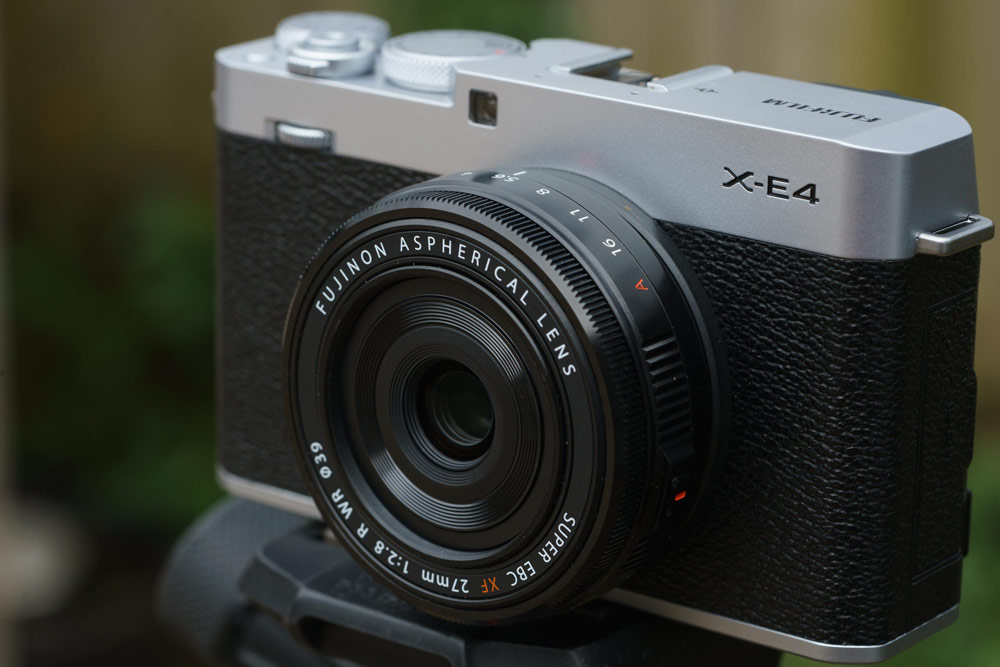
For more sophisticated control and superior image quality, you may prefer to use a Mirrorless camera, Digital SLR or for an ultimate vintage look and mindful shooting experience, opt for a Film camera. Consider how you may like to take pictures. If you prefer to “shoot from the hip”, then use a camera with a tilting screen, so you can shoot from down low or even high up.
For those who are ready to get out there and start snapping, we have a great guide where Damien Demolder shows you how to set up your camera for street photography. If you don’t already have a camera for your urban adventures or want to upgrade to a model that’s more suitable for street photography, have a look at our guide to the best cameras for street photography and the best lenses for street photography.
How should I prepare for Street Photography?
It should go without saying, but ensure your camera battery is charged, and your memory card has plenty of space. Your mobile phone should have enough charge, too, just in case.

The main thing is to be familiar with your camera and to use the camera you have. If you own different models, use the one which brings you the most joy, or that you’re most comfortable using in public spaces. Wear comfortable, practical clothes and footwear, as you’ll most likely cover some ground.
Make sure you’re familiar with the environment you’re photographing. It makes sense to walk around the area with your camera in your pocket the first time you go somewhere to spot good places to shoot, as well as assess the area for safety. As for the weather: with an appropriate camera, shooting in the rain, dawn, dusk, at night, present whole new worlds of atmosphere for image capture.
Ethical street photography
No matter your subject – people or places, before heading out to photograph on the streets, be sure that you are mindful of street photography law and understand how to be an ethical street photographer.
Four “Simple” Steps for Street Photography: Look – Wait – Snap – Edit

1 – Look
It’s no good approaching street photography by staring at your phone. Put it away! Hold onto your camera, ready to shoot when needed. Be in the moment, observe people and watch events as they unfold. Interesting sights that could combine to make an interesting photo will emerge.
You could look for juxtaposition, between the subject, such as a person and the surroundings, this could be matching, or contrasting colours. Be on the lookout for interesting people, streets, art, and buildings, or anything else that can make for a stimulating composition or framing device.
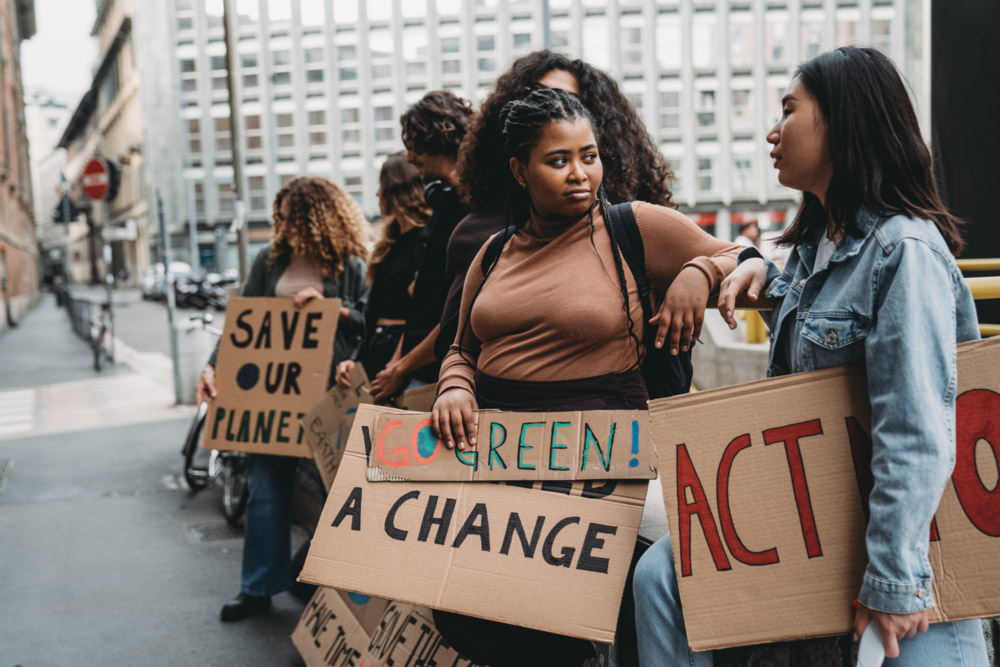
2 – Wait
Patience is key. Be ready for something to happen at any time and expect the unexpected. Often, you’ll need to wait for something to happen. More than this, the shot is in the eye of the beholder: wait in a spot and tune your attention to the optical quality of what is unfolding before you. Light, colour, shapes, contrasts, mood, energy. A unique and stunning shot could be had in the blink of an eye – don’t miss it!
At times you will move to another location, or frame the scene differently by moving your camera for something interesting to appear. Wait for a change in the light to alter the tone of the scene. You can revisit locations at different times of the day for this. Depending on your style, you can avoid or wait for the rush hours to capture the movement energy of cars and people en masse to your composition.
3 – Snap
Take the photo and use a quick enough shutter speed (1/200s), use a bright enough aperture (f/2.8 or similar), use whatever ISO speed is needed to keep your shutter speed quick enough. Noise doesn’t matter in street photography. Being ready in the moment to capture it is what you are there for. In any case, you can always convert the photo to black and white if noise is excessive.
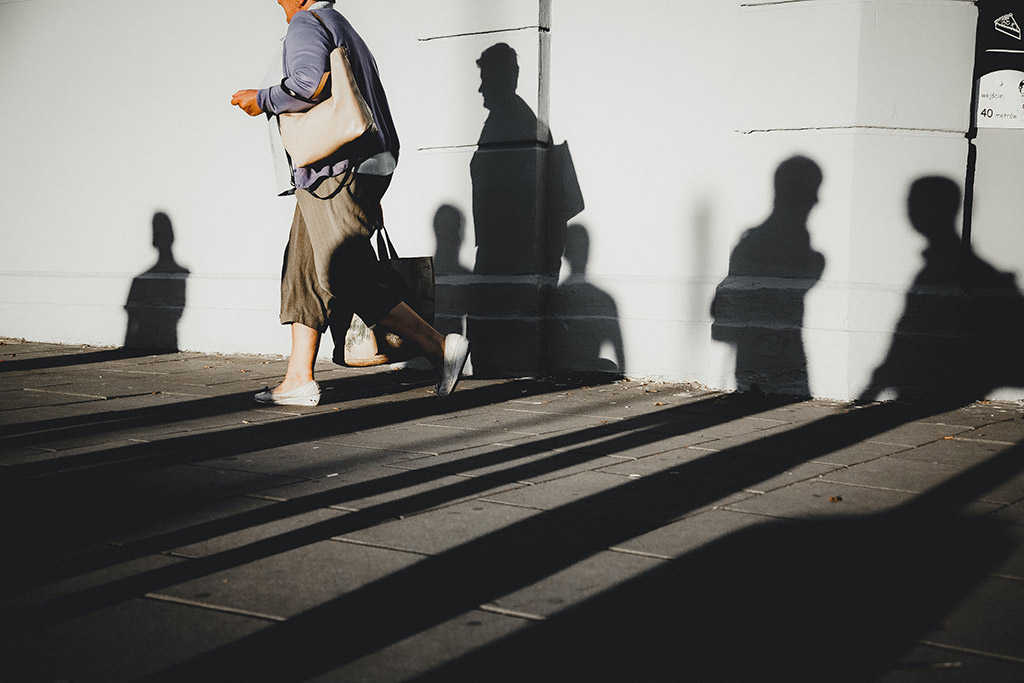
For more inspiration read about black and white street photography here.

4 – Edit (this is optional)
You can present your images just as they are, especially if you just want a record of people and places, or carry out ‘reportage’ photography. To get the most from them though, you’ll want to edit your photos; be it for contrast, to boost colours, crop images, or convert them into black and white (monochrome). Find out how to make your street photos stand out.

What makes good street photography?
Good street photography showcases given moments of time out on the street, in its surroundings. Street photos show defined subjects and tell their story. Stay aware of the environment and evolving situations. This includes looking at colours, shapes, lights, shadows and how they change, but also observing people and how they move, the shapes they embody.
Some of the best street photography is unplanned and candid. Don’t envisage a particular shot and wait for it to appear – alas, life does not indulge such fantasies! Tune in to what is, follow it for a while and shoot reality just when it catches your own unique and splendid eye.
Practice makes perfect…
Don’t be discouraged. This takes a lot of practice. In the urban environment, a striking photo can come out of nowhere, yet at others only ordinary, or worse images emerge. This happens to everybody; don’t worry about it. Understandably, we don’t see the average and worse photos taken by professional and established photographers. Rest assured that they have hundreds, if not thousands of sub-standard photographs not for public viewing. The one viral or award winning image that sets them apart is all it takes. These could never be shot without the majority in between that are duffers.
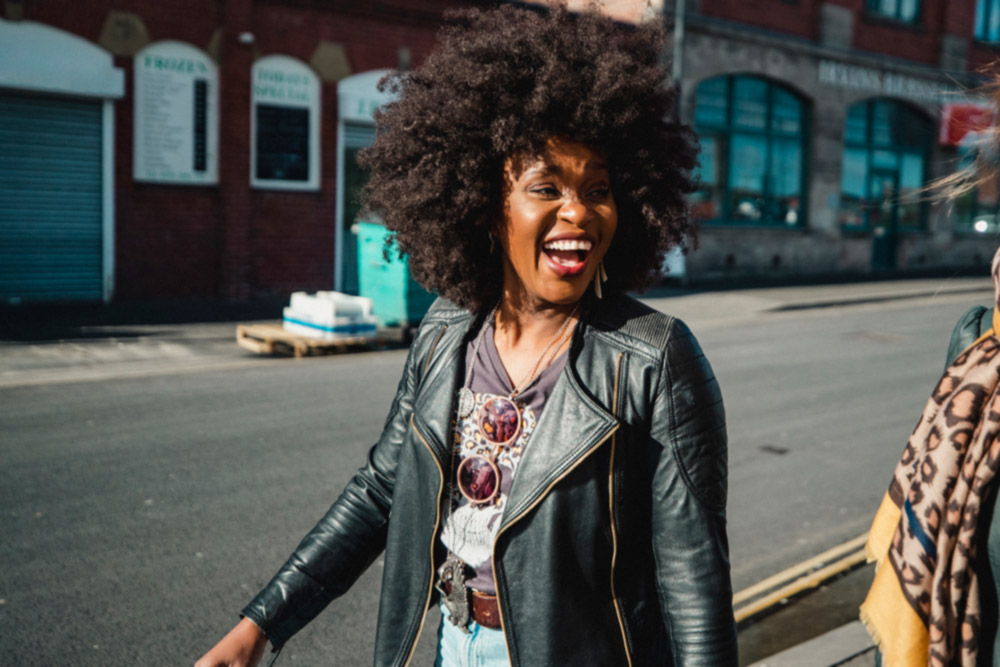
If at first, you don’t succeed, try again later or another day. Know well the environment that you are entering. When interacting with other people, remember that a smile goes a long way.
Shoot all walks of life, all types of people, warts and all. You’re capturing reality and presenting a view of the world as you see it. Taking photos of a community and life around you is a great way to have fun with photography.
For those who have never engaged in urban photography before, it may prove to be a very novel and stimulating personal experience indeed. Watching, holding one’s attention and attuning the eye to the scene before you, without regard for time but with a camera at the ready, is like being what they call in sport “in the zone”. Call it what you will, but it is in these conditions – completely absorbed in what we’re striving for – that people surpass what they think they are capable of. Just ask an angler, a golfer, a photographer…
Street photography and the law – make sure you read our guide to street photography and the law, as well as our guide on how to be street smart when out taking street photographs.
More inspirational tips and ideas to inspire your street photography
Street photography is such a popular form of photography, that Amateur Photographer has covered it numerous times, so you’ll find lots of street photography articles on this website, but here are some of our favourites that we think you should have a look at for some more inspiration! Simply click the titles below.
Tips from three top street photographers
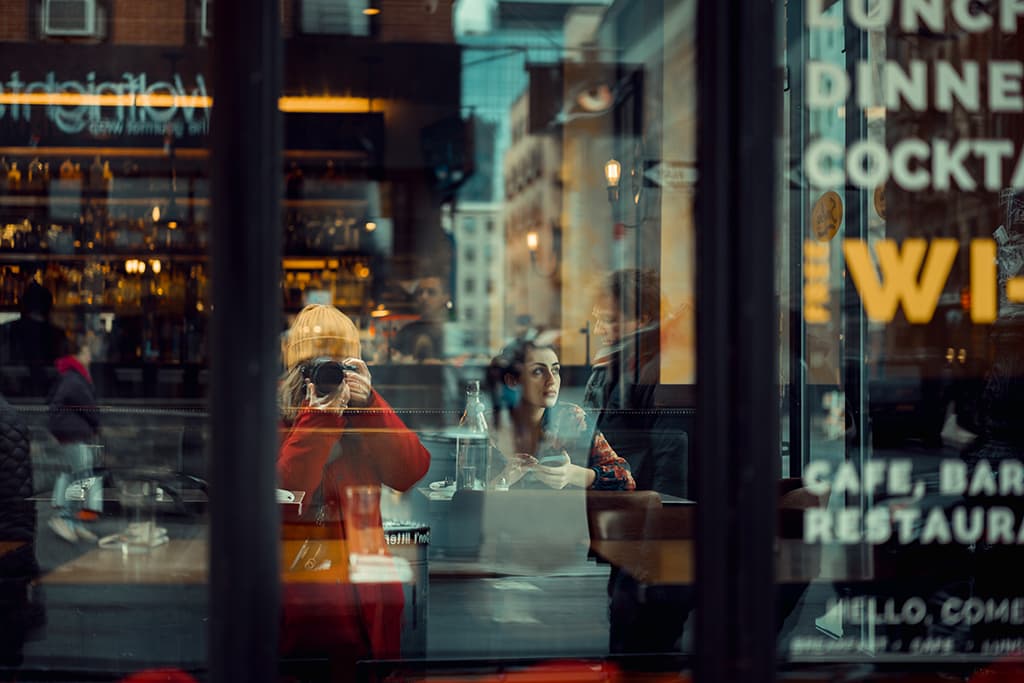
Black and white street photography tips from Brian Lloyd Duckett and Edmond Terakopian
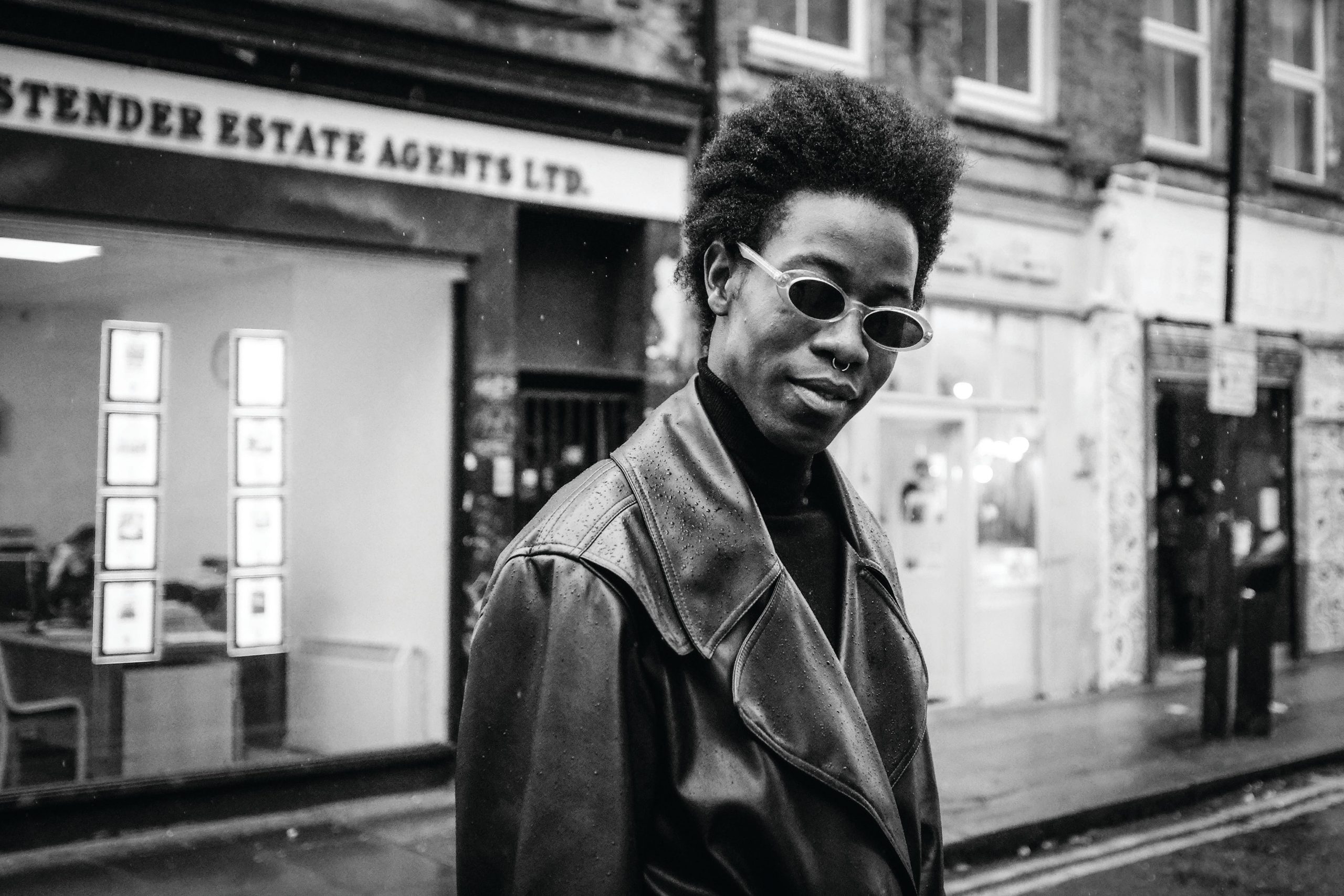
Alan Schaller shares how to create your own recognisable style

10 commandments of street photography

David Gibson on great street photography

Heather Buckley on challenging the rules of street photography
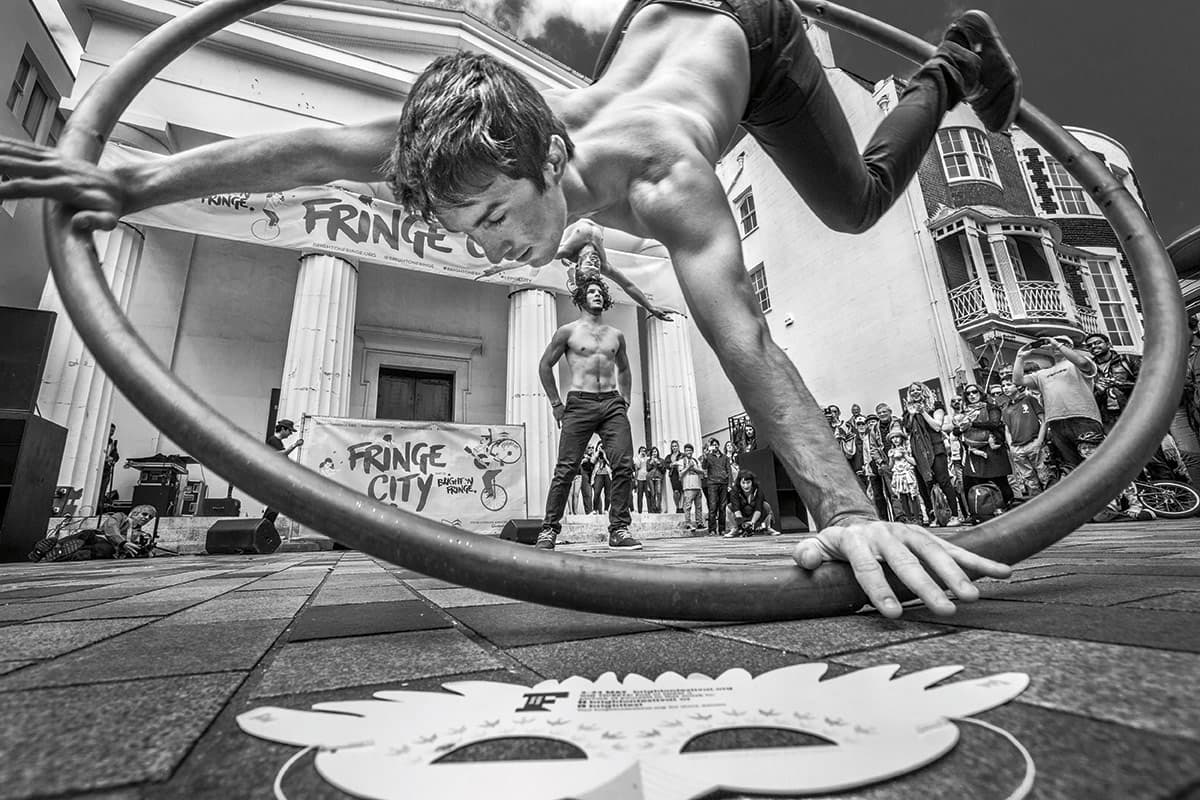
The 12 best cities for street photography around the world

Analogue Street Photography Tips – Street photographers share their street-shooting secrets

Terms to learn
- Shooting from the hip – In photographic circles this refers to holding a camera at waist level, or the same level as your hip, and by using a tilting screen you can see what you are taking a photograph of.
- Pop – Making an image “pop” means making the photo stand out, making it more striking or dynamic. This could be by increasing contrast, saturation, and colour, but there are other ways that images can stand out.
- Fishing – An approach to street photography where you choose an interesting location, background or find a ray of light and wait for a similarly compelling subject to walk by. This is a less obtrusive technique, ideal for those who are nervous about photographing strangers, as opposed to “hunting”.
- Hunting – Refers to walking around instead of staying in the same spot, and capturing a spontaneous fleeting moment.
Other guides
- Beginner’s guide to different camera types.
- Beginner’s guide to different lens types.
- Beginner’s guide to using a camera to take photos.
- Beginner’s guide to Exposure, aperture, shutter, ISO, and metering.
- How to get perfect colours – white balance explained
- 10 essential camera accessories for beginners
- Beginner’s guide to the Art of photography and composition
- Beginner’s guide to Photoshop Elements and editing photos
- Complete guide to Portrait Photography
- Complete guide to Macro Photography
- Complete guide to Street Photography
If you’re looking for a great lens for street photography, have a look at the best lenses for street photography, or have a look at the best cameras for street photography.

